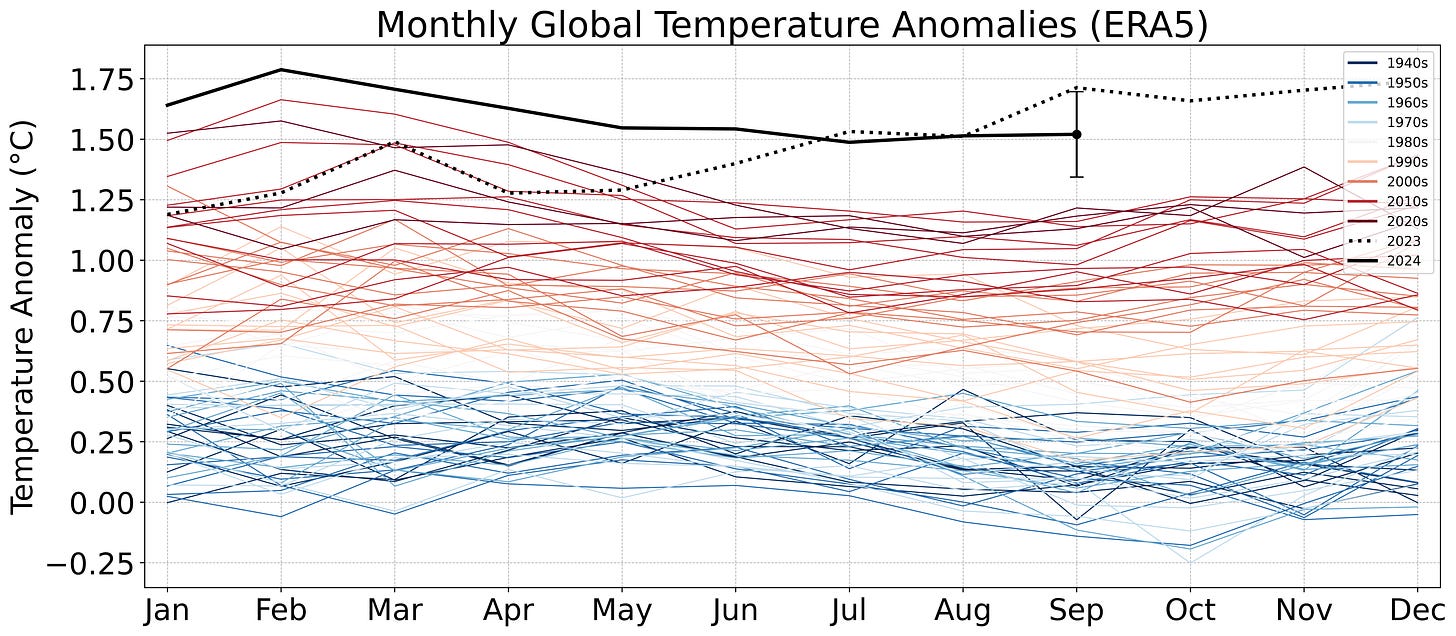Electronics, Vol. 13, Pages 2489: Survey on Resource Allocation for Future 6G Network Architectures: Cell-Free and Radio Stripe Technologies
Electronics doi: 10.3390/electronics13132489
Authors: Filipe Conceição Marco Gomes Vitor Silva Rui Dinis
Future beyond fifth-generation (B5G) and sixth-generation (6G) communication systems require a higher quality of service (QoS) along with meeting multiple objectives and traffic demands. Consequently, new multi-antenna technologies and massive multiple-input-multiple-output (mMIMO) architectures have been proposed in recent years. This paper delves into the foundational concepts that form the basis for the design of two potential future mMIMO network topologies: cell-free (CF) network and its successor, the radio stripe (RS) system. Key aspects of the mMIMO and CF network concepts are addressed, along with a practical sequential implementation based on RSs. This exploration encompasses intricate details of the channel estimation (CE) phase, as well as the uplink (UL) and downlink (DL) transmission and reception phases. We then focus on analyzing optimization concepts that underpin resource allocation (RA) algorithms, specifically those applied in UL power allocation and access point selection (APS) schemes in both CF and RS networks. This comprehensive understanding serves as a robust foundation for addressing the challenges inherent in achieving the conflicting B5G and 6G major key performance indicators (KPIs), such as enhancements on spectral efficiency (SE), power efficiency (PE), and computational complexity or load balance (LB).

 2 months ago
13
2 months ago
13


